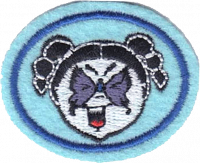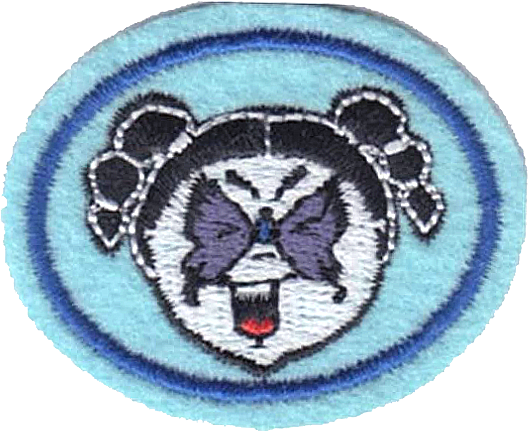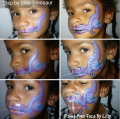Respuestas para la especialidad JA de Pintura de la cara
Nivel de destreza
2
Año
2018
Version
05.12.2025
Autoridad de aprobación
Unión Australiana
1
Religious/Ceremonial
People have used face paint as a means to express what they believed, that face painting with specific colours had special meanings and could be used as a spiritual tool. In many cultures, face painting is a deeply ingrained tradition, used in ceremonies, rituals, and celebrations.
Meaning and Symbolism: Patterns and colours can represent lineage, status, beliefs, and spiritual connections. Eg Geisha / Amazonian tribes view face painting as a symbol of transforming oneself into something else, setting humans apart from animals.
Entertainment/Performances
Face painting became common in historical times as part of the world of live entertainment. Many different groups of people got involved with elaborate face painting for the purposes of creating or enhancing a costume that was used in some type of arts performance.
Artistic / Recreational
Self-Expression: Face painting offers a canvas for creative expression, allowing individuals to depict their mood, personality, or favourite characters or themes.
Play and Fun: Face painting is a fun activity for children and adults, especially at parties, events, and festivals, enabling them to participate in imaginative play.
Themed Events: Events like Halloween, Mardi Gras, or Comic-Con often feature face painting as a fun and festive activity, allowing attendees to transform into their favourite characters or create themed design.
2
3
4
5
6
7
- Gota
- Gota inversa
- Líneas finas
- Líneas gruesas
- Remolinos
- Remolinos dobles
- Líneas de tigre
8
10
11
12
12a
12b
Referencias












